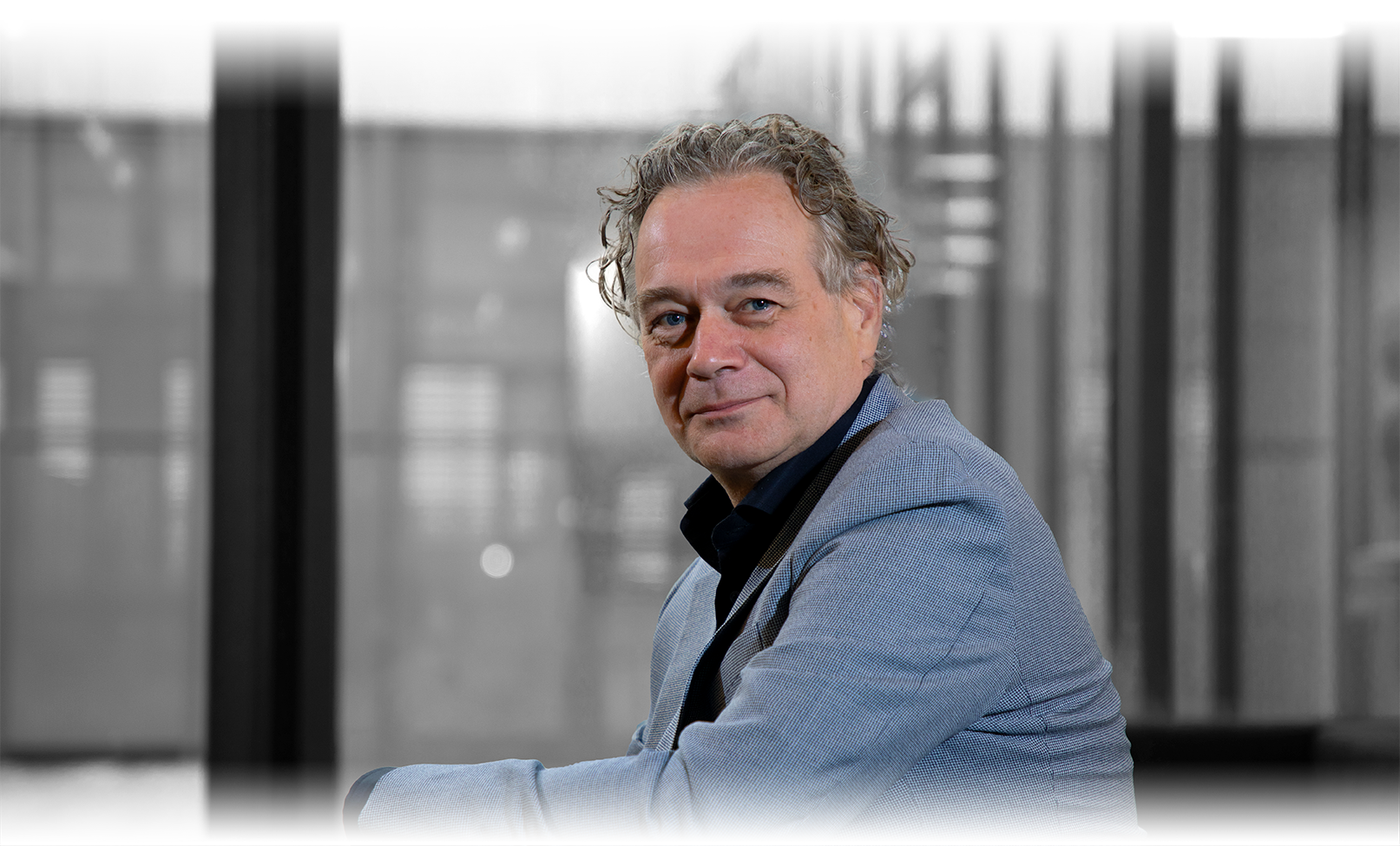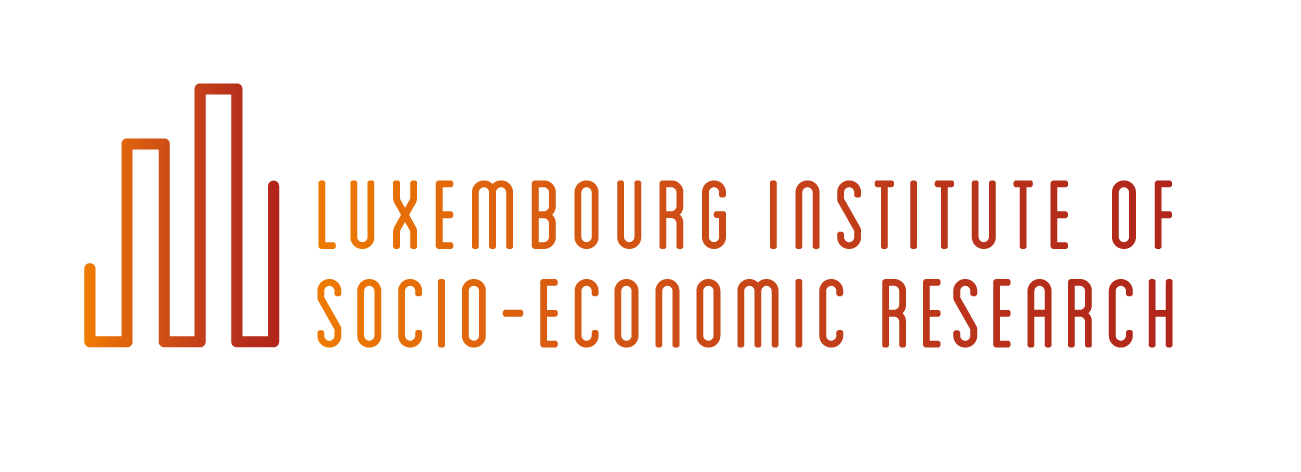Becoming a more prominent international actor in research on urban development and spatial mobilities
Our vision
When researchers and stakeholders in Luxembourg talk about issues related to housing, mobility, environmental exposures and health, cross-border dynamics, financial networks, or spatial developments directly or indirectly they make use of data, knowledge and expertise of the department of Urban Development and Mobility. Infrastructures, such as the Housing Observatory and Observatory of Spatial Development, are key to the societal impact of the department. The impact on the international academic network via cutting-edge peer-reviewed journal publications and clear presence at conferences is of very high quality. Based on the Urban Development and Mobility’s performance, it is not surprising that Technopolis’ in its peer review report (2019) characterises the department as a “…strong, vibrant department that has good, effective leadership, an excellent esprit de corps, and addresses important issues with great enthusiasm and ambition”.

Although, we are all very proud on this performance, the department wants to reach in the coming years a higher level in order to become a more prominent international actor in research on urban development and spatial mobilities. To reach this strategic objective, the department has identified three pathways:
- Reaching out to data. In addition to the two observatories, we want to develop other observatories on socio-spatial developments, daily mobility and cross-border housing. Based on relevant datasets and expertise, all observatories will contribute to the development of policies in Luxembourg. The potential to address complex and interlinked societal problems can be increased by integrating the separate observatories into a Geo Data Centre, including advanced spatial analytical and GIS techniques.
- Reaching out to society. As a response to the complexity of contemporary problems in dynamic urbanised societies, the traditional relationships between researcher and clients no longer suffice. New intersectoral alliances and collaborations between policy-makers, entrepreneurs, NGO’s, citizens and academics are necessary to develop a stronger embeddedness in society. Via co-creation in living labs, joint understandings of pressing problems, interpretations of the causes and identification of widely shared solutions will be developed. New types of research activities to feed these new collaborations are in need to be developed, such as interventions at urban and individual levels, lab and field experiments, and virtual reality simulations supported by GIS.
- Reaching out to Europe. An integrated geo data infrastructure and a firm embeddedness of research in Luxembourg can become strong assets in the firm competition in the European research arenas of which Horizon 2020/Europe are the most prominent ones. Initiating and developing European research networks such as financed by the COST action, organising events at conferences, developing special issues for peer-reviewed academic journals, writing or editing books
A travel forecasting model for stakeholders
MMUST
philippe.gerber@liser.lu
The general objective of the MMUST project (Multimodal Model
Read also
Our vision
and Cross-Border
Mobility
Read also
Our vision
Scenarios) is to develop a travel forcecasting model to simulate the effect of transportation infrastructure projects in the cross-border area composed of the Belgian Province of Luxembourg, the whole of the Grand Duchy of Luxembourg, and the northern Lorraine area, for the horizons 2030 and 2040.
This is a European first
Read also
International recognition
, covering three borders, more precisely the study area covering the "trinational" space of the Greater Region most affected by the cross-border flows. MMUST is one of the projects selected during the ‘INTERREG V Great Region Programme’. It is co-financed by the ERDF-FEDER (European Regional Development Fund) and is expected to be completed by the end of 2021. Its implementation is led by the ‘Agence d’Urbanisme et de Développement Durable Lorraine Nord’ (AGAPE, France) and is based on the work of an international consortium which includes: the Ministry of Mobility and Public works of the Grand Duchy of Luxembourg (MMTP), the ‘Centre d'Études et d'Expertise sur les Risques, l'Environnement, la Mobilité et l'Aménagement’ (CEREMA, France), the University of Namur (UNamur, Belgium), the University of Liège (ULiège, Belgium) and LISER.
A travel forecasting model aims to reproduce observed mobility choices, then to predict their evolution over a given time horizon on the basis of scenarios of changes in transport supply, user behaviour and the location of residents and activities. Such a model therefore requires, among other things, collecting information on current daily mobility within the study area, and building prospective scenarios. It is at LISER that these two tasks are carried out for the MMUST project.
Thus in 2019, researchers of the department involved in the project collected the detailed results of the seven major mobility surveys conducted in the cross-border territory since 2010. These results were then harmonised into a daily mobility "meta-survey" comprising approximately 20,000 households, 40,000 individuals and 80,000 trips (orders of magnitude). This meta-survey will not only shed new light on cross-border mobility, but will also provide input for the travel forecasting model. To this end, LISER collaborators have also compiled more than 115 databases providing information on demography, the economy and transport within the cross-border area. Finally, with a view to the year 2020, a methodological reflection on the specific objectives and on the method of concerted development of the project's prospective scenarios was initiated.
It will then be possible to integrate these data into the MMUST traffic forecasting model to test the various infrastructure projects and see which ones should be favoured in the coming decades in order to ensure a better modal shift in favour of public transport and more generally sustainable mobility.
>Towards car use reduction with smart multimodal solutions
MODLUX
tai-yu.ma@liser.lu
Overcrowded roads, pollution
Read also
Exposure to heat and air pollution in Europe – cardiopulmonary impacts and benefits of mitigation and adaptation
, and preference for personal car use are the mobility
Read also
A travel forecasting model for stakeholders
Read also
Analysis of cross-border human mobility
challenges on a normal Luxembourg working day. To address these issues, we need not only political will but also innovative solutions from research to accelerate collective behaviour changes. One promising solution is to favour user-centered multimodal seamless mobility solutions. This is one of the main interest of the MODLUX project, conducted by Dr Tai-Yu Ma in partnership with Prof. Joseph Chow at the Department of Civil & Urban Engineering and Center for Urban ITS at New York University during three-summer visits from 2017 to 2019. The objective is to develop novel business models and algorithms to support smart and sustainable multimodal mobility. The insights from three use case studies are presented as follows.
First, a dynamic bimodal mobility system is proposed which integrated rideshare (e.g. shared taxi or ride-hailing) into existing transit networks for seamless door-to-door mobility service. The system is tested via simulation on New York City and Long Island. Compared to the system with rideshare only, the benefit of rideshare-transit option is substantial: -32.1% in mean passenger journey time and -63.7% in mean vehicle travel time for the scenario of 20 vehicles per traffic analysis zone.
Second, we study one-way electric carshare rebalancing strategies as carshare operation cost depends heavily on its effectiveness. This issue is investigated on a new space-charging extension graph framework to minimise total customer access time and operator’s rebalancing cost under the capacity constraints of charging stations. An agent-based simulation tool and solution heuristics are developed for a realistic simulation case study using the data shared by BMW ReachNow car-sharing service in Brooklyn. The results show significant reductions in average wait time of customers for the proposed rebalancing strategy.
Finally, we developed a novel methodology to evaluate a microtransit on-demand shuttle (Kussbus) service in Luxembourg and its border areas. The proposed methodology takes into account the stochastic nature of users’ travel utility perception and operation cost allocation to design ticket price and predict microtransit ridership. Our analysis shows that the current Kussbus operation is not a stable outcome. If the government were to intervene, an operation cost reduction of 50% would increase ridership by 10%. On the other hand, if Kussbus can reduce in-vehicle travel time on their own by 20%, they can significantly increase profit several fold from the baseline.
